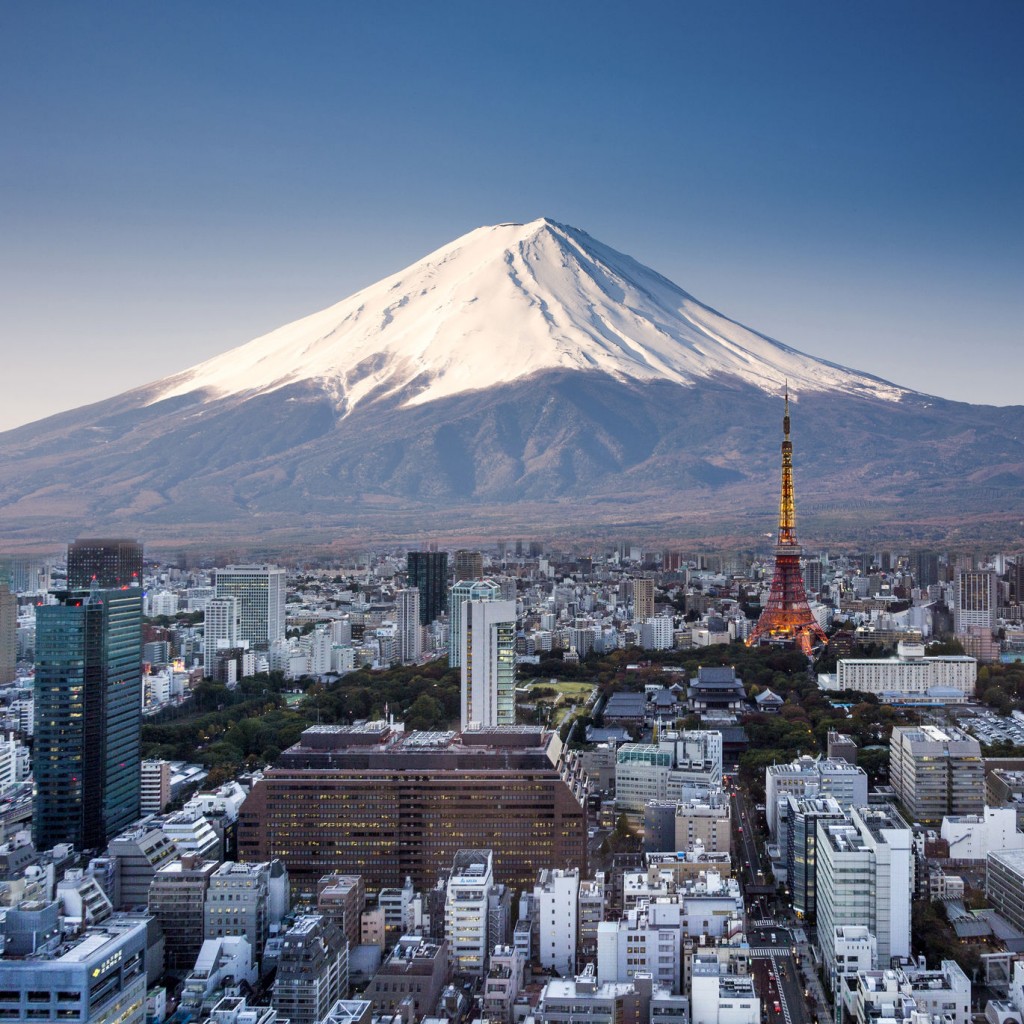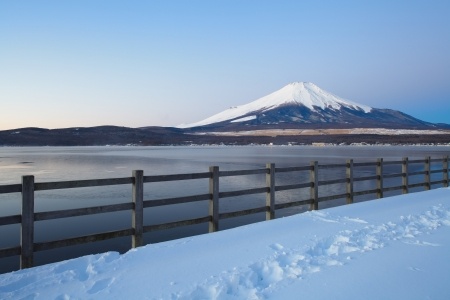When you think of Tokyo, many things come to mind. The crowded trains, the “Shibuya Scramble”, the pace of one of the world’s largest cities and, of course, the sushi. When you think of Japan, there are many images that you might have. Bullet trains (shinkansen), outdoor hot springs (rotemburo) and, of course, cherry blossoms (sakura).
For me, it has been and always will be Mt. Fuji!
My Best Memory From Teaching ESL in Japan
I spent ten years living and teaching English in Japan. I can honestly say that the best memories I have outside of the classroom and the school office are the three times that I climbed Mt. Fuji. Yes, I did say THREE! This may sound like a low number to some, but to many Japanese this borders on the insane when talking about making the climb that many times.
My favorite trip was in the summer of 2007. Our teaching staff had planned for months, but as the August date drew nearer, more people were backing out for one reason or another. To non-Japanese staff, it was just a social event; to many Japanese, it was almost considered a holy trek. To forge a better understanding for the non-Japanese, our Japanese staff held a pre-departure meeting to educate us on why the mountain is climbed, the process in how to approach the climb and what you could anticipate once you made it to the top. It was a great meeting that included lots of Japanese party snacks, cold beer and, of course, sake! The meeting went very well and we were successful in convincing the whole staff to join back in and get excited for the beautiful sunrise that would greet us once we made it to the top.
Climbing Mt. Fuji
On the night of the climb (yes, the night), we all gathered in the central area of Shinjuku to take the bus ride out to the staging area on the mountain. Upon arrival, we purchased the customary hiking sticks that climbers use and began the ascent! Throughout the night, there was laughter, singing and just an overall good feeling of a teaching team doing something together and building stronger friendships.
As the climb continued, many of our non-Japanese staff were introduced to pit stops along the way where you can grab a bowl of noodles (udon or soba) or some grilled chicken (yakitori). Some people even grabbed a quick nap to gain energy for the next level. In any event, it’s a fun way to kick back and get ready for that spectacular sunrise!
The climb can be grueling and after a few hours on aching knees and blistered feet, you only think of the top! My first two climbs to the top had been so unforgettable that I could not wait to get there for the third time and then… we reached the summit. We were greeted by clouds so thick that we could barely see our hands in front of our faces, followed by the pouring rain, the mud, and…no sunrise.
It was not the way to end the climb, but we made the most of it by buying and sending postcards to our friends and families from the post office located at the top of the mountain. We discussed our newly acquired aches, pains and scrapes, sharing the feeling of accomplishment and then thinking about the way down to the bus that would carry us back to Tokyo.
Enjoying a Great Journey with Friends
For the traditional climber, you walk up Mt. Fuji and then you walk down. For the non-traditional climber, you “ski” down Mt. Fuji on your shoes over the lava rock, which gets you down in half the time.
Going down is a lot easier than going up, and once you are below the clouds you enjoy a really awesome view of Tokyo. After getting the whole staff to the bottom, we formed a circle to congratulate ourselves on climbing Mt. Fuji and making it down safely as a group. For me, this was the end of a great journey despite the rain.
The bus rolled back into Shinjuku a couple of hours later and we got off. We were a different group of people than when we first boarded, changed by our experience climbing the mountain together. The planning; the climbing; the laughing; the horrible rain were all things that we experienced together and it made for some great memories that we would always share back in our Tokyo office and beyond.
To Learn more about how you can make living as an ESL teacher in Japan, visit a free information session, or download our course guide!
Written by Steven Jansen
Steven Jansen worked at the university and corporate training level in Tokyo, Japan for ten years. As a former high school teacher in the US, he decided to relocate to the Chicago area where he now works as an ESL Instructor Specialist on the campus of Dominican University. His three years as an Oxford Seminars course instructor have been very rewarding.



 Oxford Seminars Blog
Oxford Seminars Blog 









